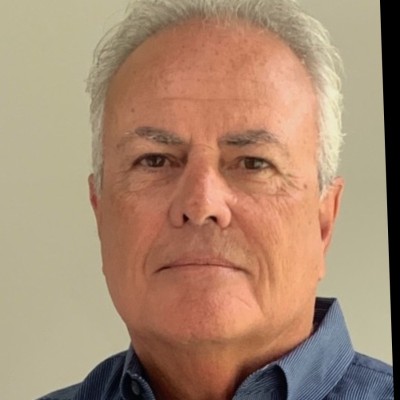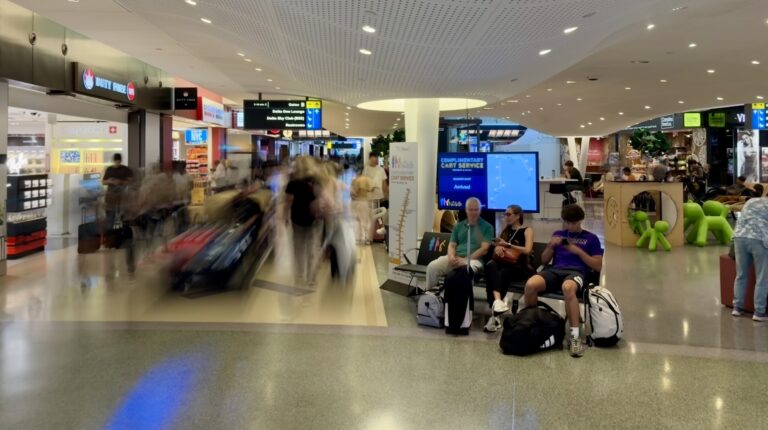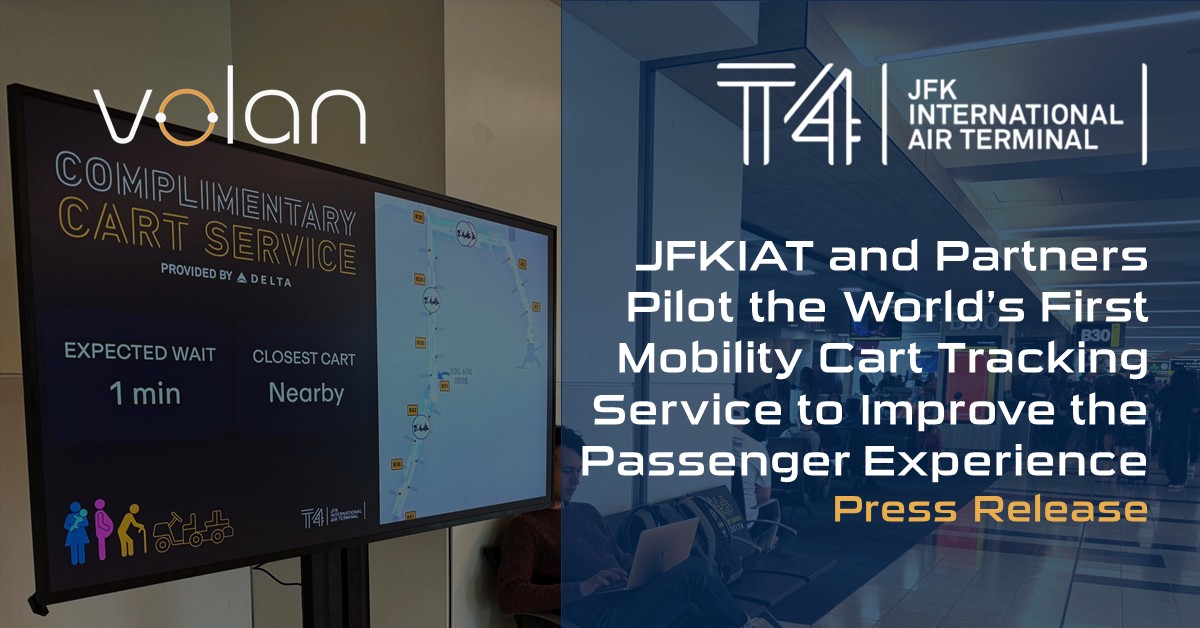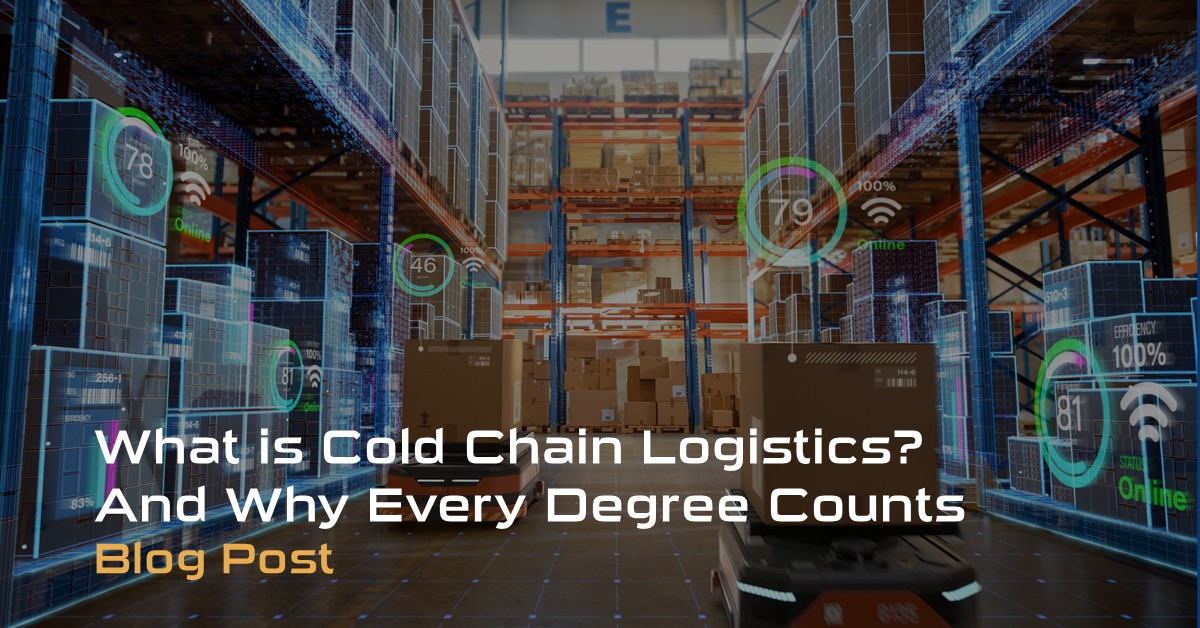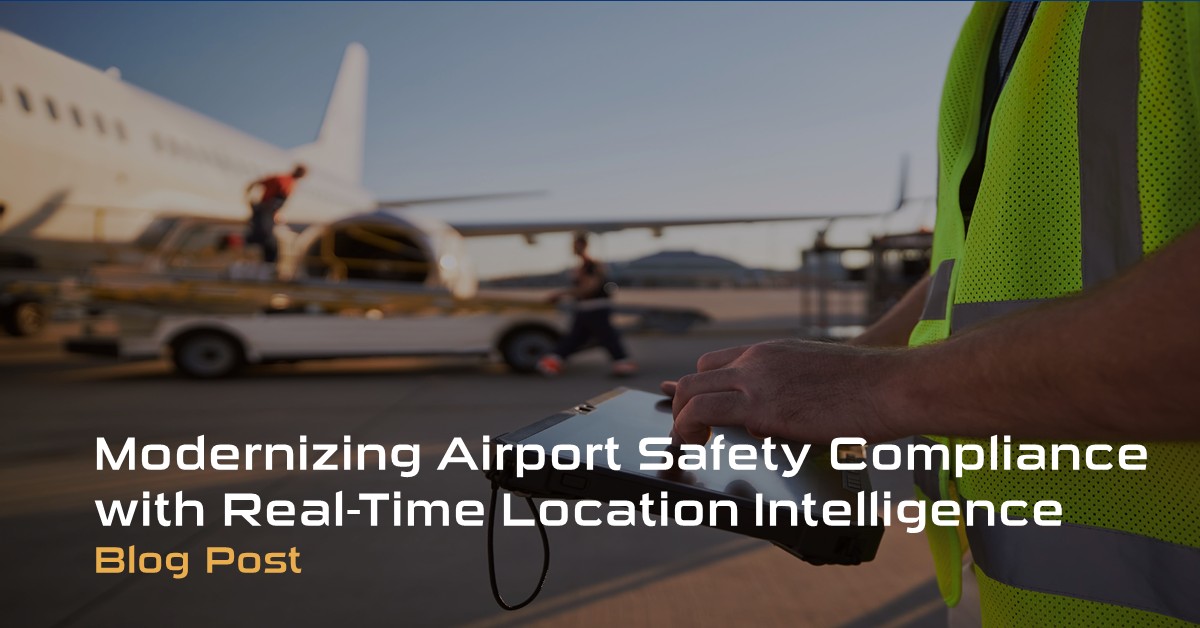Location Technology Can Deliver Happier Airline Passengers, Cleaner Bathrooms and Fewer Missed Connections
A conversation with Ramsey Nuwar, an international aviation expert with 30 years of experience in airport IT systems and operations, about how post-pandemic passenger traffic increases have prompted airports to adopt technologies like micro-location to enhance operations and customer satisfaction. Ramsey has been a consultant for Volan Technology for the past year.
Ramsey, how has the airport passenger experience been post-pandemic?
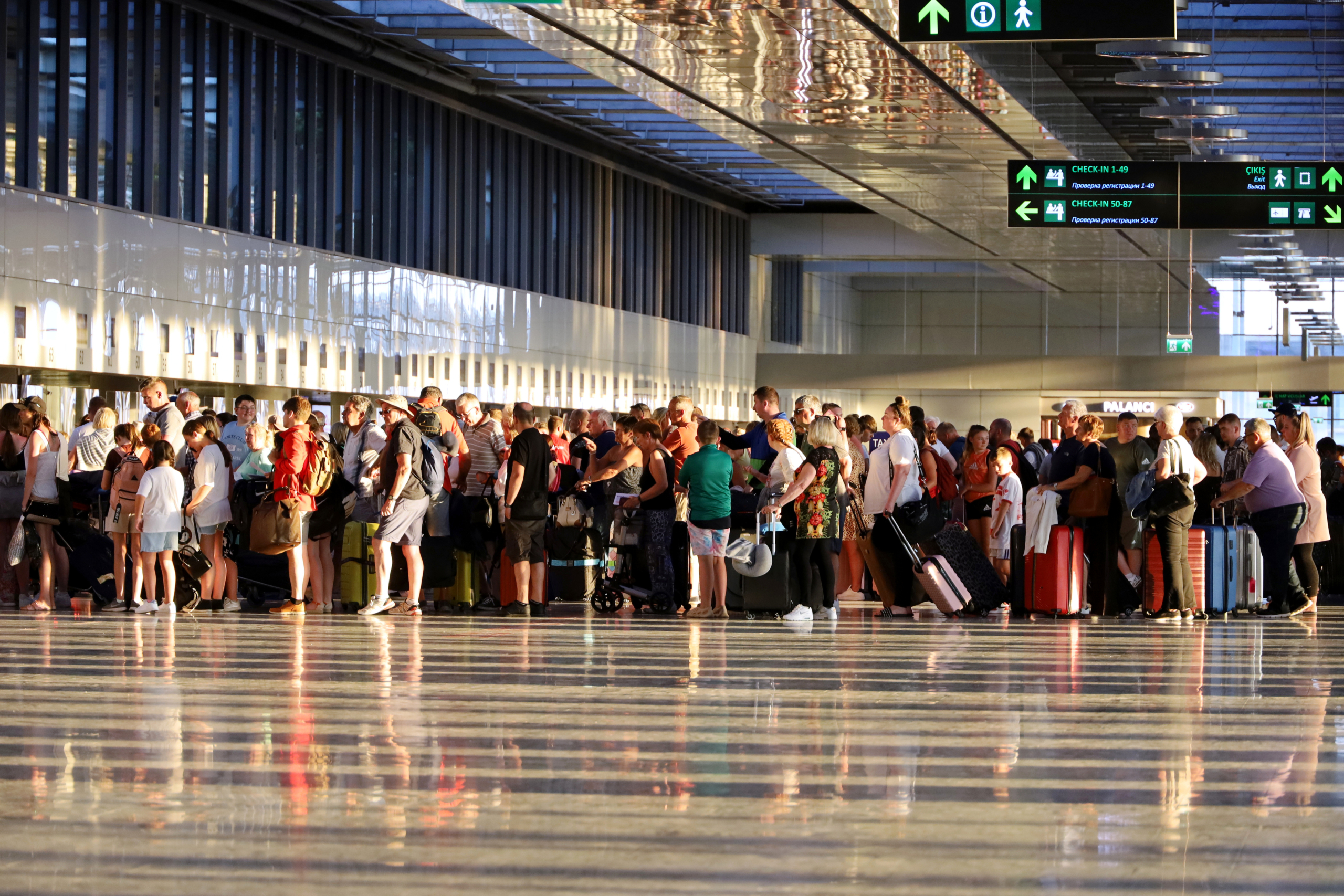
Passenger traffic has now surpassed pre-pandemic levels globally, and airports are furiously trying to meet current demand and prepare for future demand. Airports are adding more gate capacity, but more importantly, they are rethinking how they can use technology to meet demand while improving the customer experience. These technologies include biometric technology, facial recognition, contactless technology and micro location technology.
Q: Ramsey, you’ve been talking about how micro-location technology could revolutionize the airport experience. What are the key benefits you see?
A: Airports have thousands of employees, objects and assets constantly moving in and out of the terminal like a sprawling symphony in motion. When it works, it is beautiful; when it doesn’t, it comes to a loud and screeching halt. Micro location technology can help ensure that everyone is where they need to be when they need to be there which can minimize operational breakdowns and dramatically improve the passenger experience.
Q: Can you give us a concrete example of how this might work?
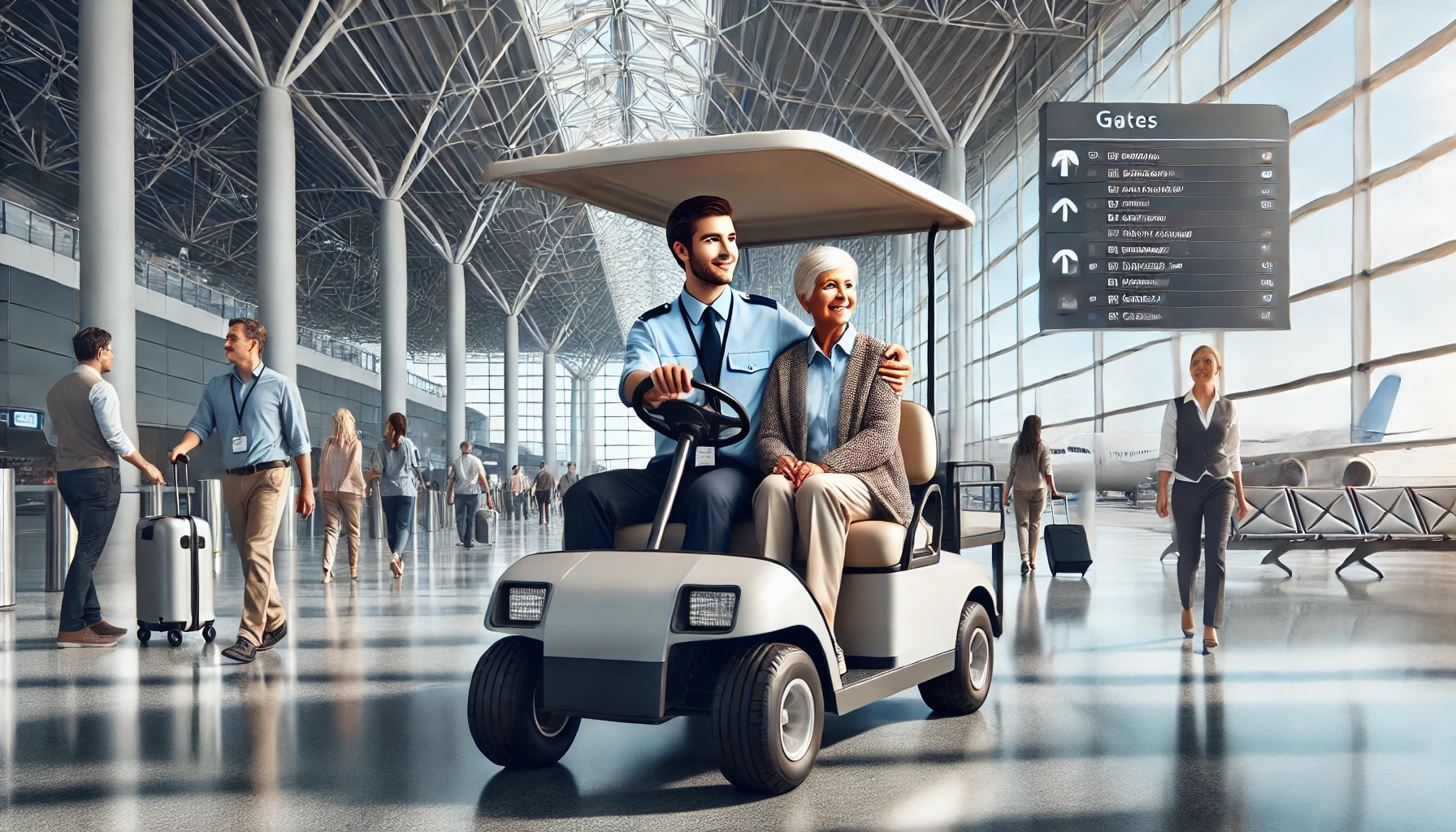 A: Imagine you are elderly or need assistance getting from one gate to another to make your flight connection. Right now, it’s a reactive system. With micro-location technology, we could track these golf carts in real-time, knowing exactly where each cart is at any moment, and how far they are from where they need to be.
A: Imagine you are elderly or need assistance getting from one gate to another to make your flight connection. Right now, it’s a reactive system. With micro-location technology, we could track these golf carts in real-time, knowing exactly where each cart is at any moment, and how far they are from where they need to be.
Currently, upon landing, you request a golf cart, but you are unsure when it will arrive. Location technology can optimize these rides, giving the airport the data and analytics to predict which flights will need carts to get people from one end of the terminal to the other to catch a tight connection, and being able to pre-position assets there. No more uncertainty or stress about missing your flight, which means happier customers and better customer satisfaction ratings for airports.
The data could then be used to predict needs based on flight patterns. For example, over time, because you have microlocators on the carts, you see that a flight from Dubai might consistently need more of these golf carts than one from Los Angeles. So the airport operations team sees the data and can start proactively staging the carts near the gate before the plane even lands. For passengers, it means fewer missed connections and shorter wait times. And for airport operations, it means more efficient use of resources. No more trying to chase carts down or having the carts sitting idle at one end of the terminal while there’s an immediate need at the other end.
Q: That sounds promising, but how does the technology work?
A: Think of it like a high-tech game of Marco Polo, but across the whole airport. We provide small devices, about the size of a badge, that we give to staff or attach to vehicles and equipment. The devices are constantly providing their location when they are within our geo fenced zones. We set up a network of beacons within the terminal. They pick up the location signals and can tell us exactly where each device is, down to just a few feet. It’s like GPS, but way more accurate and works great indoors.
But the real magic happens when we start crunching all this location data with some smart software. We can see patterns, predict where we’ll need resources, and make decisions on where to send those resources on the fly, no pun intended. For passengers, this all adds up to a smoother trip overall. It’s about making the whole airport experience less of a hassle.
Q: How might this technology address other customer satisfaction pain points?
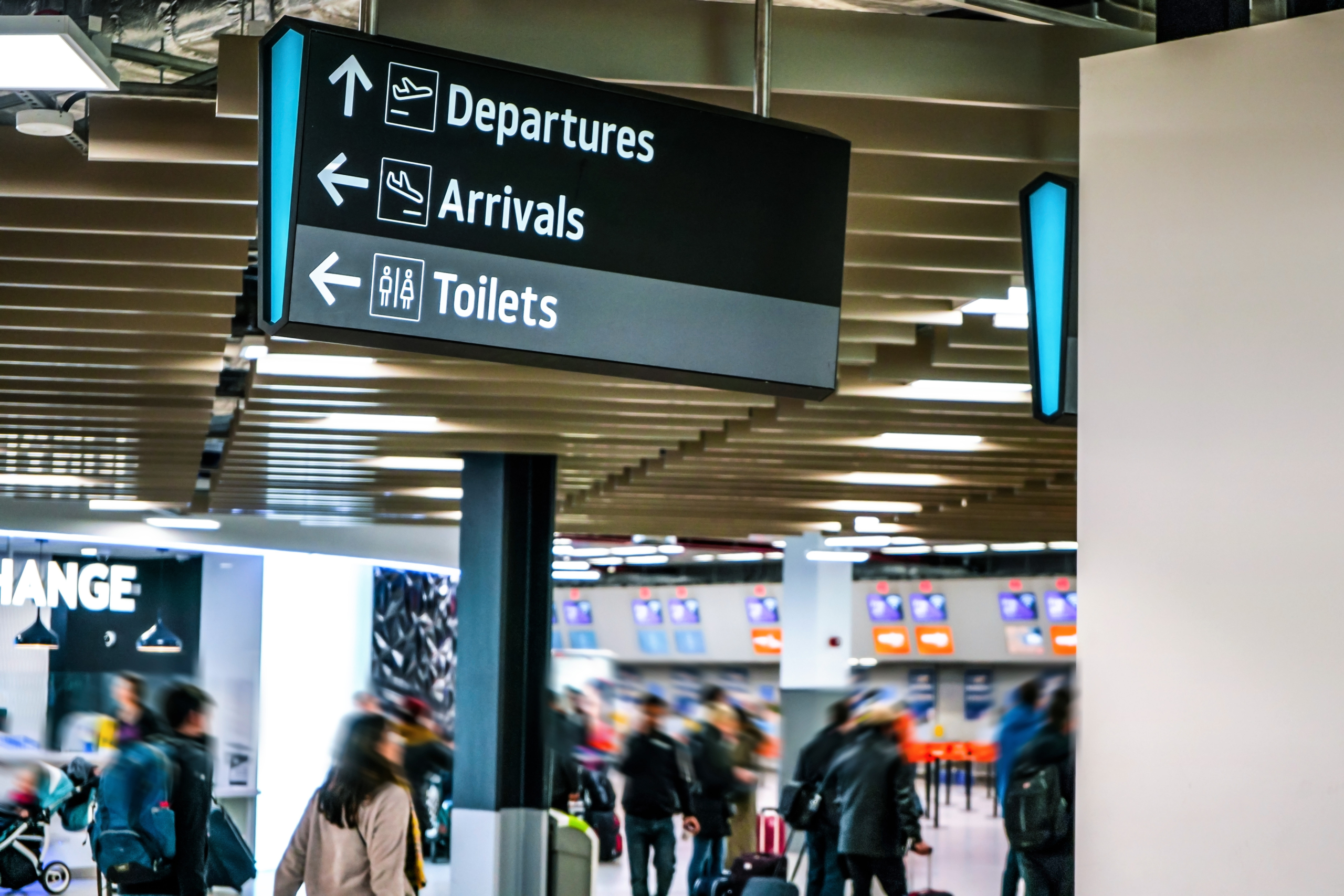
A: Cleanliness, especially of restrooms, is a key factor in airport ratings. We could give cleaning crews wearables and track their patterns, managing them better based on actual usage data.
Imagine it’s evening. The last gates don’t have flights coming in, so those restrooms by the gates aren’t being used. But the ones in the main terminal are busy. We could send real-time alerts to cleaning staff about high-usage areas, ensuring resources are always where they’re needed most.
Q: But couldn’t a dispatcher just adjust schedules and tell cleaning crews where to go? Why do we need this technology?
A: It’s about making real-time, data-driven decisions rather than relying on predetermined schedules or reactive management. With this system, we have detailed data on crew locations and area usage. We can instantly alert staff to needs as they arise, making the process more efficient and responsive. It’s not about replacing human management but giving them better tools to make informed decisions.
Over time, you also build up a history, so you can see trends and patterns and use predictive analytics to determine where to send cleaning crews. All that ultimately translates into cleaner bathrooms, happier passengers, and better customer satisfaction ratings.
Q: Is this technology being used today anywhere in airports?
 A: Location technology already making waves in the industry. A major Midwest airport, Cincinnati/Northern Kentucky International Airport (CVG), is using this technology right now for construction monitoring. They’re using our Volan Positioning System solution to enhance safety and efficiency on their construction sites.
A: Location technology already making waves in the industry. A major Midwest airport, Cincinnati/Northern Kentucky International Airport (CVG), is using this technology right now for construction monitoring. They’re using our Volan Positioning System solution to enhance safety and efficiency on their construction sites.
So, we’re not talking about some pie-in-the-sky idea here. It’s proven technology that’s already delivering results. It’s not a giant leap from tracking bulldozers and airport construction workers to tracking golf carts and cleaning crews. The foundation is there – now it’s about applying it in new ways to solve customer experience challenges.
Q: Final question: What’s your advice to airport executives considering this technology for improving customer experience?
A: The future is here. Explore affordable location technology solutions, experiment, iterate and adapt. The airports that will thrive are those willing to embrace these new technologies and adapt them to make the customer experience more pleasant.
To learn more about our Volan technology, please contact us.
Our Solution for Airports
Our construction barrier technology provides geofenced barriers for airport construction sites to keep workers out of restricted areas and reduces the costs for worker escorts. Airport construction projects are never-ending, have many workers, and regulations require full-time monitoring of worker location. Volan’s technology can provide alerts within 2-3 seconds if a worker moves into a restricted space, along with the precise location of the worker and a live map view. Visit our Solutions for Airports page.

